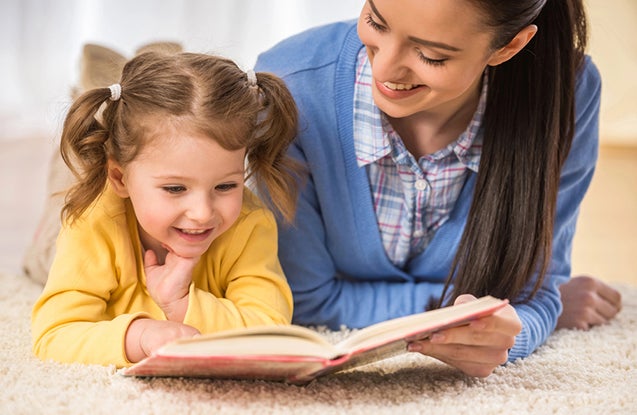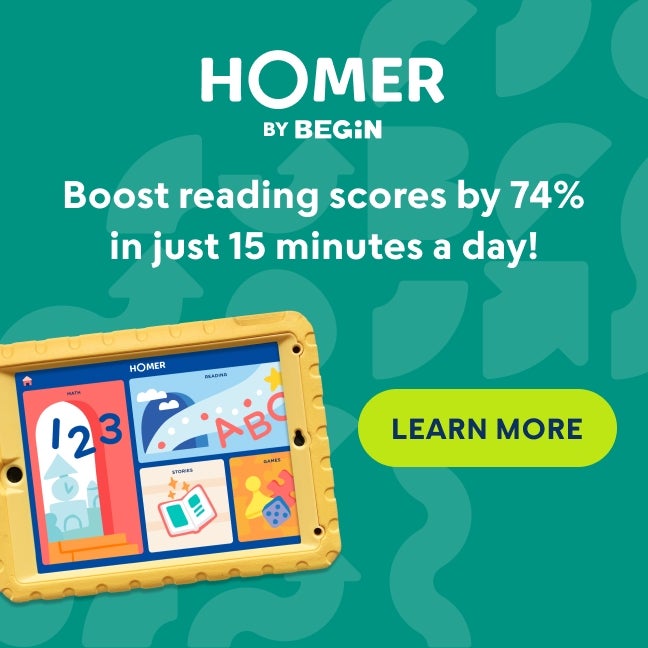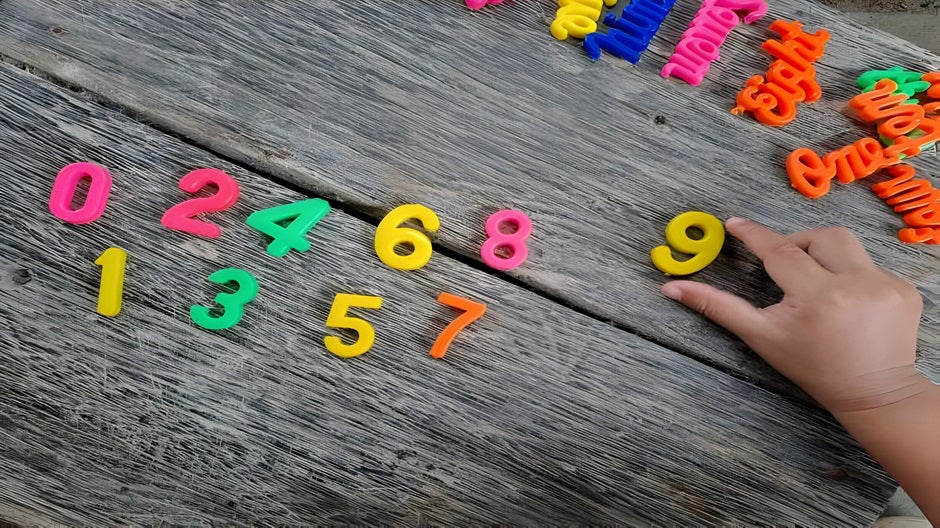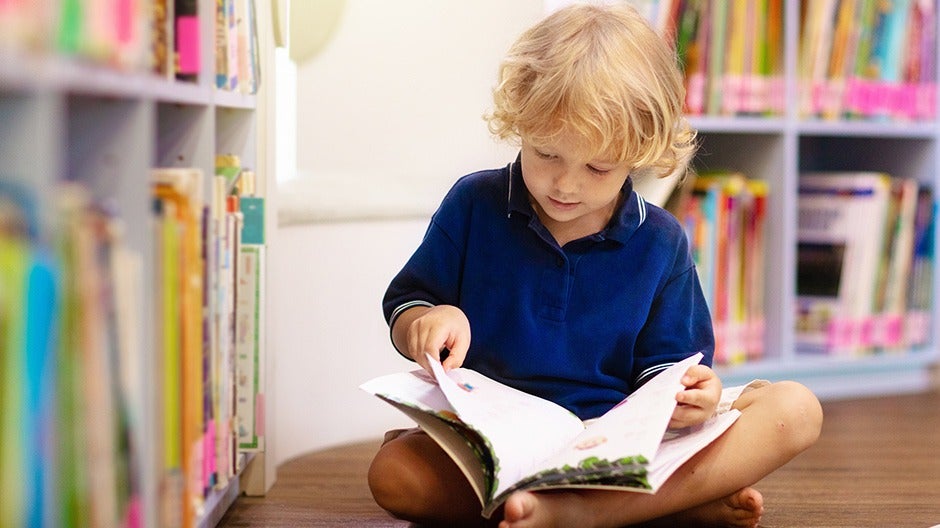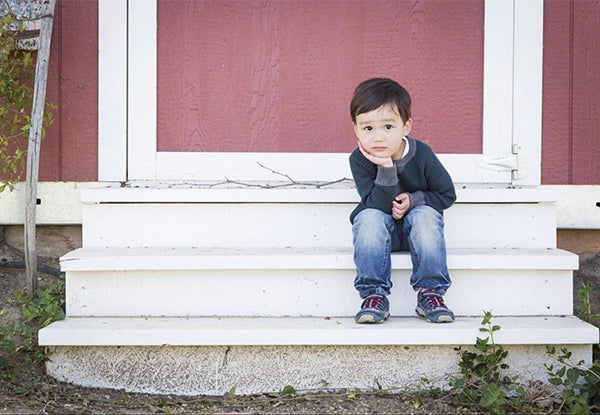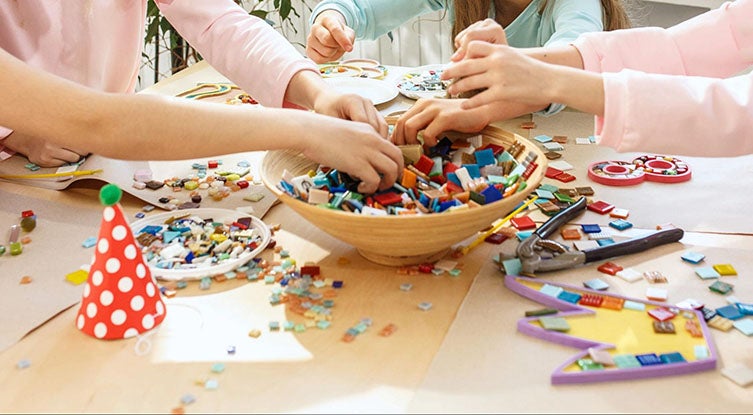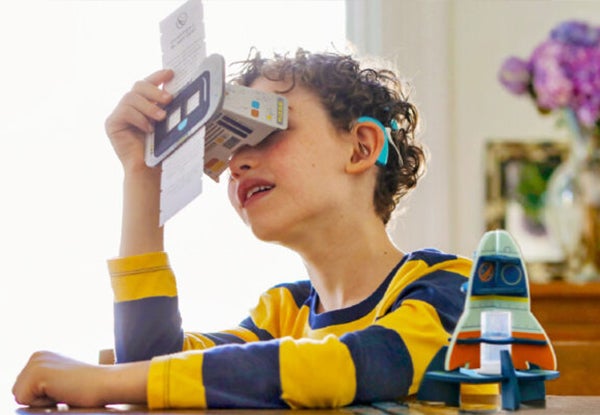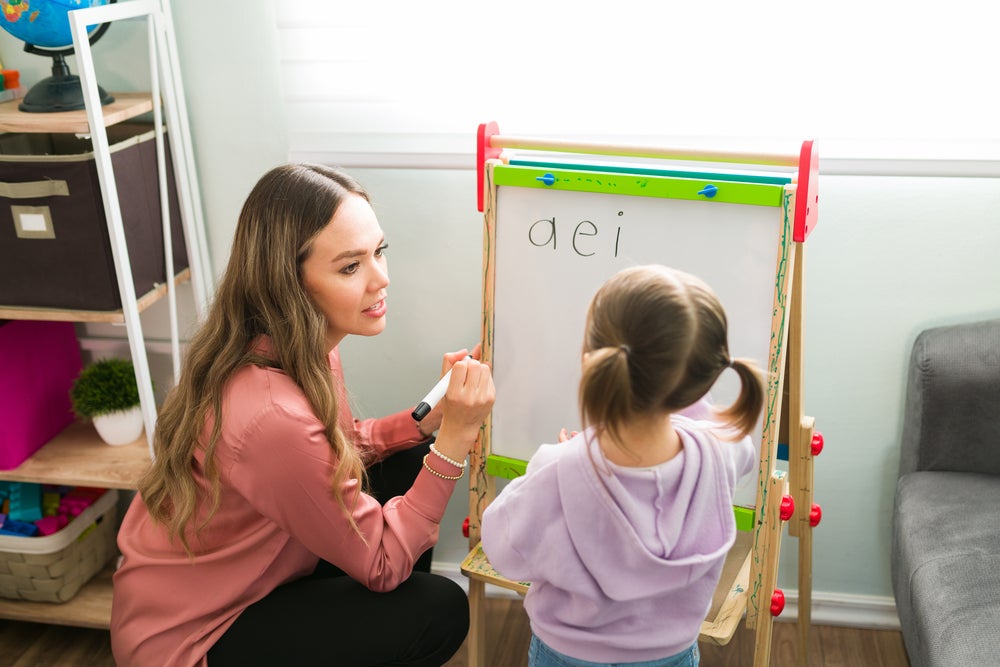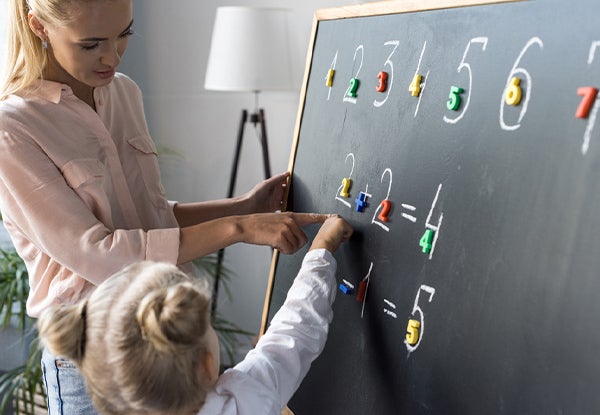Welcome to the wonderful world of preschool sight words, where your child’s journey into reading really takes off! Not all preschoolers are ready for sight words (and if yours isn’t, it’s OK!), but many kids start to learn them when they’re around 4 years old.
As a parent, you play a crucial role in helping your child develop strong literacy skills, and teaching them sight words is a great place to start.
In this guide, we’ll cover everything you need to know about preschool sight words — what they are, why they’re important, and how to practice them with your child.
Table Of Contents
- What Are Sight Words?
- Preschool Sight Words
- Tips For Teaching Preschool Sight Words
- Preschool Sight Word Activities
What Are Sight Words?

As a strong reader, you likely don’t spend much time sounding out words these days. You just pick up a book, glance at how the letters are arranged, and know the word. It happens almost automatically, without any conscious effort.
You reached that level of proficiency by mastering sight words, commonly used English words that are difficult to sound out. These are also called high-frequency words because they appear frequently in written text.
Sight words have been an important part of reading instruction for a long time. After studying the words in children’s literature, Dr. Edward Dolch created a list of 220 sight words in 1936. Many schools still use the Dolch Sight Word List today, though the Fry Word List is also popular.
No matter which list your child uses, mastering sight words is crucial in becoming a fluent reader.
Why Are Sight Words Important?
Every word your child knows on sight is one less word they must try to decode. This allows their brain to focus on the meaning of the text rather than getting bogged down by individual words.
Sight words help build fluency, a key component of reading success. Plus, knowing sight words makes reading more fun! Kids get a real sense of accomplishment when they start to be able to read without pausing to sound out every word.
Moreover, many sight words are non-phonetic, which means they don’t follow traditional phonics rules. If your child tries to sound them out, they may become frustrated.
By teaching sight words, you’re helping your child develop a larger reading vocabulary while building their confidence. Reading is among the most important Core Skills, one of the 5 C’s of the Begin Approach to helping kids thrive in school and life.
When Is My Child Ready To Learn Sight Words?
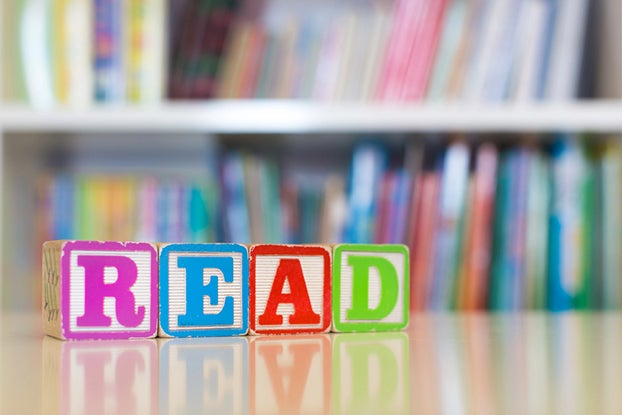
While there’s no “right” age for reading sight words, many four-year-olds are able to learn them through repeated exposure and repetition. They’re something you can start working on whenever your child is ready.
You’ll know your child is getting there when they feel comfortable with most letters, show an interest in books, and are familiar with some letter sounds.
Preschool Sight Words
Now that you know more about sight words, here’s the list of 40 Dolch sight words for preschool, in alphabetical order:
- A
- And
- Away
- Big
- Blue
- Can
- Come
- Down
- Find
- For
- Funny
- Go
- Help
- Here
- I
- In
- Is
- It
- Jump
- Little
- Look
- Make
- Me
- My
- Not
- One
- Play
- Red
- Run
- Said
- See
- The
- Three
- To
- Two
- Up
- We
- Where
- Yellow
- You
Tips For Teaching Preschool Sight Words
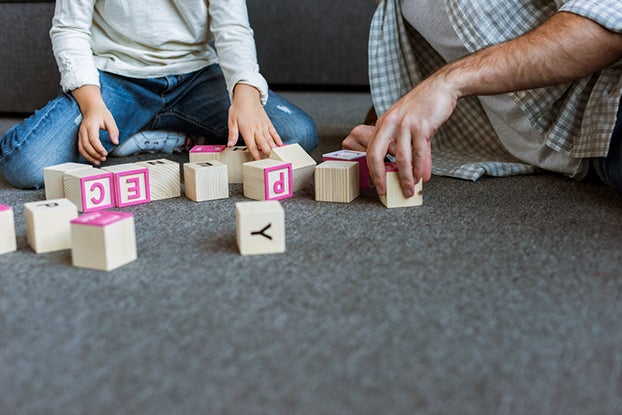
Manage Your Expectations
You’ll likely feel excited once your child learns to read a sight word or two. At this point, it’s easy to get carried away and expect them to fly through the list and start reading independently in no time.
However, it’s important to keep your expectations realistic. Every child learns at their own pace, and while they may learn a few words quickly, they may take longer to start recognizing other words. They may even forget a word or two along the way, and that’s completely normal.
Be patient throughout this journey, and remember to celebrate progress, not just perfection.
Make It Hands-On
Children learn best through hands-on experiences.
You can use sensory activities, like tracing words in sand or building them with play dough. Incorporating movement, such as playing hopscotch with sight words written on the squares, can also make learning more engaging.
Stick To Short Lessons
Most preschoolers have short attention spans. If you try to make them sit for an hour-long lesson, they’ll quickly lose interest and become bored and frustrated.
Instead, keep the literacy sessions short and sweet, around 5–10 minutes. That’s plenty of time for them to focus and practice a few words without getting overwhelmed.
Model Reading
Your child wants to be like you! Take advantage of this by modeling reading. When you read aloud, point out sight words and ask your child to find them in the text. This will help them see that the words they’re learning are everywhere.
Additionally, make sure your child sees you reading for pleasure. Whether it’s a book, newspaper, or magazine, watching you enjoy the written word encourages them to do so, too.
Use Technology
Educational apps and games that cover preschool sight words can be a wonderful addition to your child’s life. HOMER is a great option! It uses a research-based approach to guide children down a step-by-step pathway to early literacy.
12 Fun Preschool Sight Word Activities
1) Sight Word Bingo
Create a Bingo board with your child’s sight words and have them mark off the words you call. You can use traditional Bingo daubers to mark them or mix it up by having your child use:
- LEGO Minifigures
- Goldfish crackers
- Buttons
- Small pieces of candy
2) Build A Word
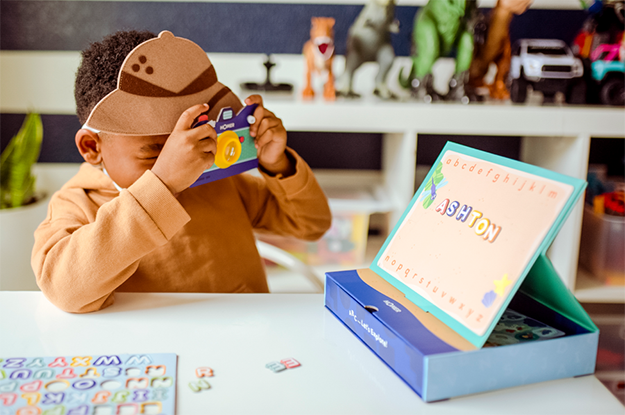
Ask your child to build different sight words with magnetic letters. The ones in the HOMER Explore Letters Kit work well.
3) Sight Word Memory
Make a simple matching game with sight word flash cards. You can create your own with index cards and a permanent marker — you’ll need two copies of each word.
When your cards are ready, lay them out face down. Then, flip over two cards and read them out loud. If they match, keep the cards and go again. If not, it’s the next player’s turn.
4) Sensory Writing
Have your child write the sight words they’re learning in shaving cream, rice, or sand. The tactile experience uses another sense and can make the activity more memorable.
5) Scavenger Hunt
Hide preschool sight word flash cards around the room and challenge your child to find them. Ask them to read each one out loud to practice.
6) Pipe Cleaner Words
Show your child how to bend pipe cleaners into different shapes. Once they get the hang of it, ask them to build a word out of pipe cleaners.
7) Hopscotch With Sight Words
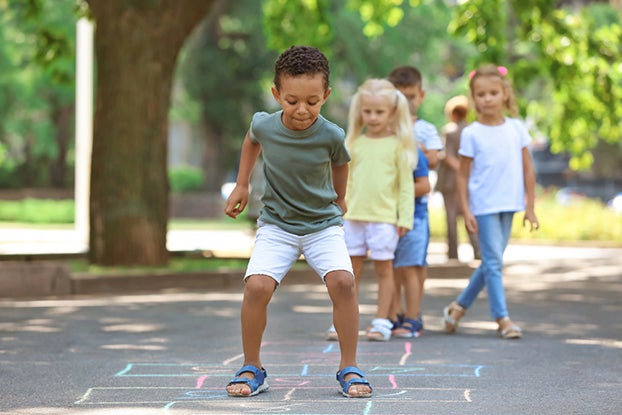
Draw a hopscotch board on the sidewalk with chalk, except instead of numbers in each square, write sight words. Have your child say the word as they hop on each space.
8) Shared Reading
Grab a children’s book and sit down together to read it out loud. Each time you come to a sight word your child knows, pause and let them read it. They’ll feel like a reading pro!
9) Swatting Sight Words
Spread out your preschool sight word flash cards and hand your child a fly swatter. As you call out a word, have them swat the correct card.
10) Musical Sight Words
Place the sight word flash cards in a circle on the floor. Play music and have your child walk around the circle until the music stops. When it does, have them grab the closest card and read it.
11) Sentence Writing
Preschool sight words are important building blocks for many sentences. Write a few simple sentences out of sight words for your child to practice. Feel free to integrate your child’s name into these.
Here are some examples:
- I see a can.
- I see (child’s name).
- (Child’s name) and I play.
- I run.
- (Child’s name) can jump.
12) Sight Word Snowball Fight
Give your child a few pieces of paper and ask them to write a sight word on each. Then, have them crumple up each word into a paper “snowball.”
Take turns tossing the snowballs at each other in an inside snowball fight.
Launch Into Literacy With Begin
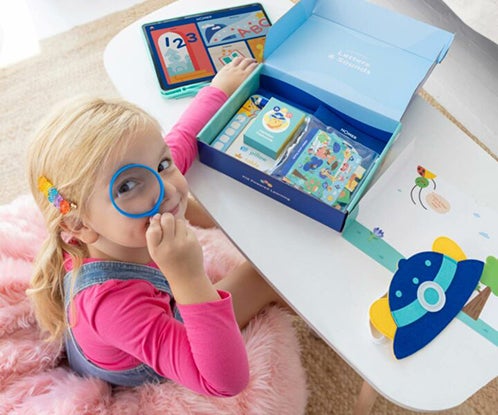
Once your child knows preschool sight words, they’ll be off and running with reading!
Emergent literacy skills like these are built into our award-winning HOMER app. It has over 1,000 games and activities that are:
- Personalized for your child: Each lesson is tailored to their age and ability level.
- Engaging and interactive: HOMER content is designed to keep your child having fun while learning.
- Research-based: Developed with literacy experts, each game is based on proven techniques to help children learn.
- Easy to use: With HOMER, you won’t need to plan or prep learning activities. Simply sign up for a free trial, download the app, and let your child learn through play.
It’s the perfect way for your child to practice essential Core Skills. And to help your child thrive in other areas, check out the Begin Membership. It fuels the 5 C’s — Curiosity, Character, Creativity, Critical Thinking, and Core Skills. Learn more here.
